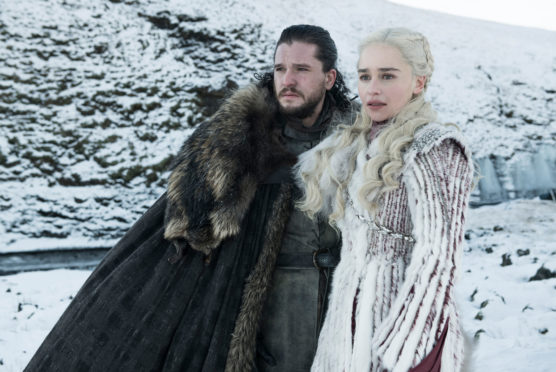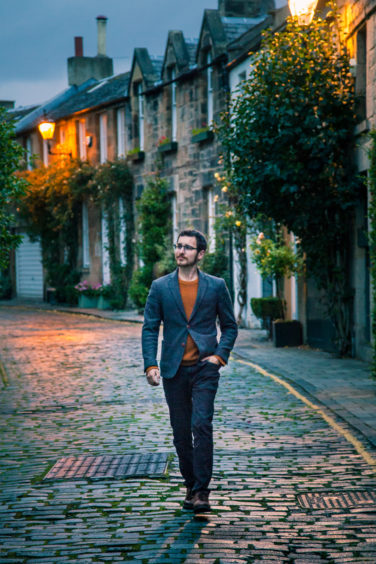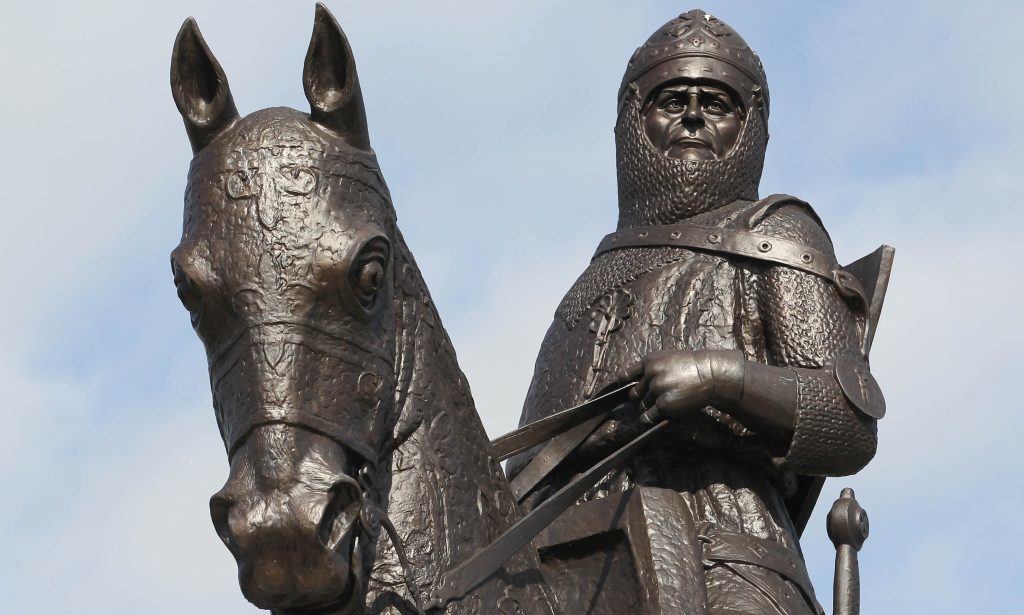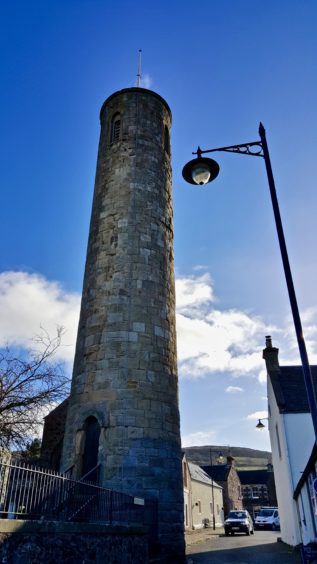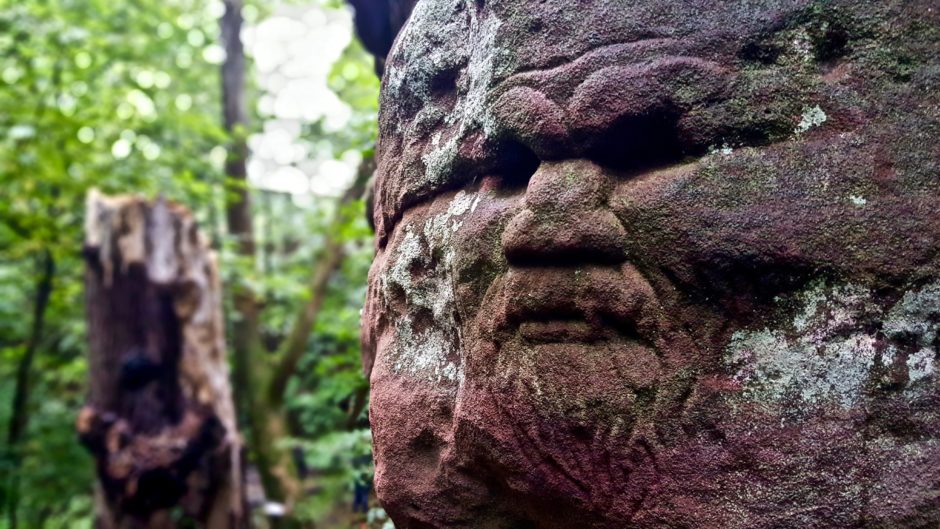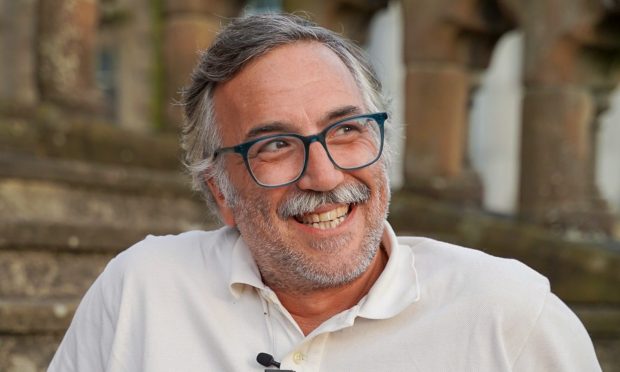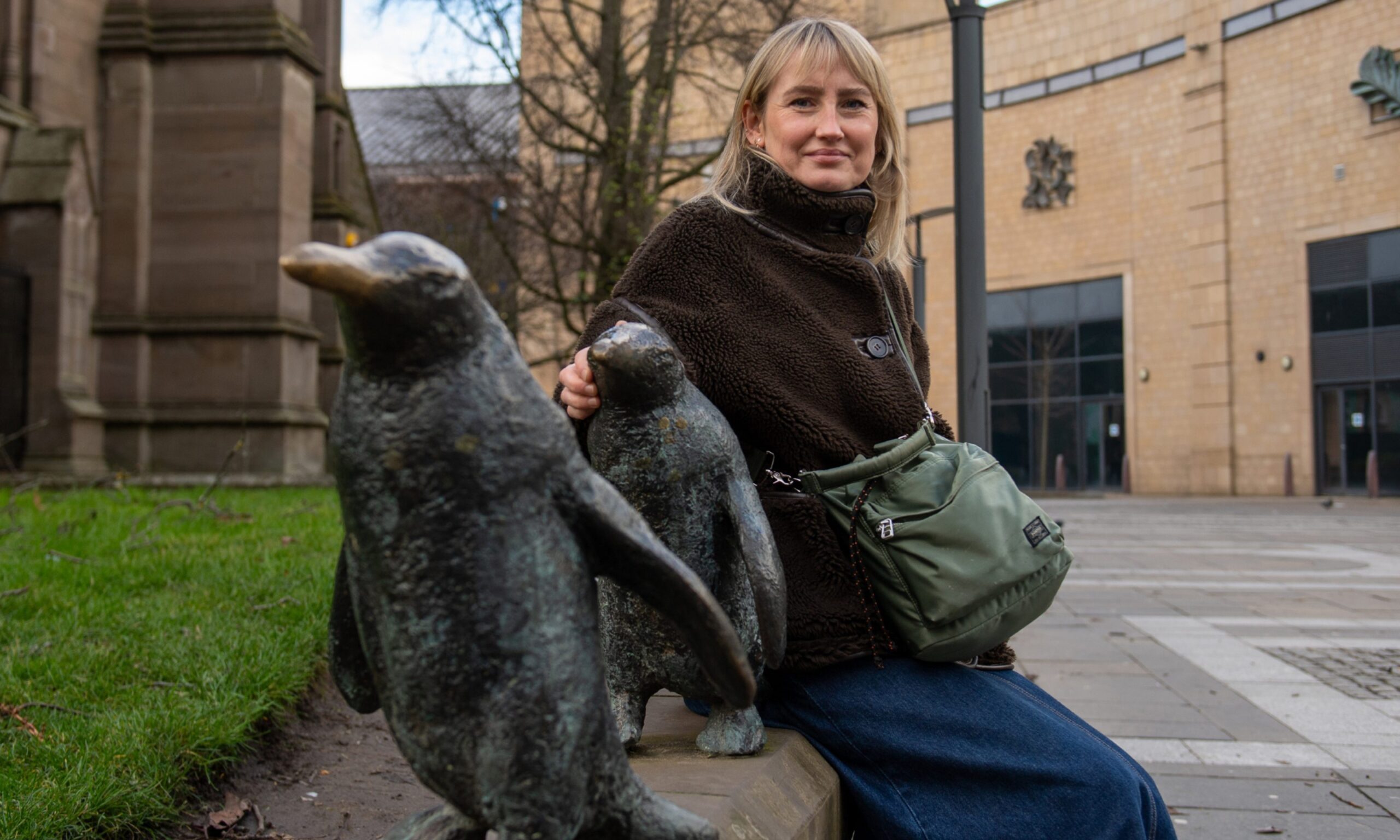Author David Weinczok tells Michael Alexander how his new book explores the crossover between the fantasy of Game of Thrones and real-life Scottish history.
It is the internationally-renowned award-winning American fantasy drama television series adapted from George R.R. Martin’s series of fantasy novels.
But how much of Game of Thrones is inspired by and paralleled by real-life Scottish history?
The topic is explored by Nova Scotia-born author David Weinczok in his debut book ‘The History Behind Game of Thrones: The North Remembers’.
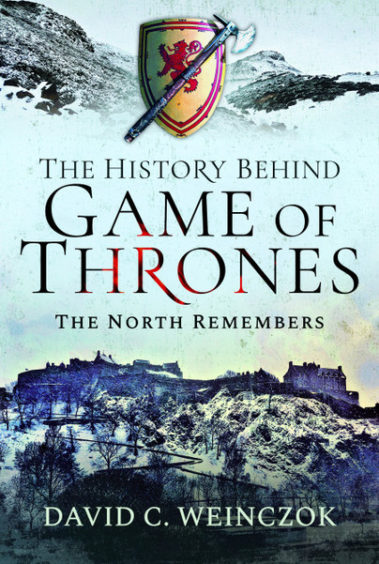
Featuring several Tayside and Fife locations, including Abernethy Round Tower, the Aberlemno Stones, and Dunino Den south of St Andrews, David explained how his book, released on April 30 by Pen and Sword Books, uses George R. R. Martin’s “extraordinary fictional universe” as a way to understand the driving forces and defining moments from Scotland’s story.
“Game of Thrones is a fantastic way to get people interested in history,” said David, 29, who has been interested in Scottish history and fantasy literature since childhood and moved to Edinburgh, where he still lives, to study for a postgraduate degree in international relations.
“At the end of the day it’s a story. It happens to be a very well told one – having dragons doesn’t hurt to keep people interested either.
“But it’s the case that Game of Thrones and Scottish history have a lot to teach us about each other.”
Over the last six or seven years, David has been travelling around Scotland getting “hands-on” with historic sites and pulling this together along with his experience of working at places like the Bannockburn Heritage Centre where he was one of their battle masters facilitating a battle simulation.
His interest in fantasy stems from reading books like the Hobbit and Lord of the Rings as a child, and more recently some of Joe Abercrombie’s works, which are also fantasy but with roots in history.
“It got me thinking about the intersection between history and fantasy and that kind of fiction,” he said.
“That’s what I really wanted to emphasise. Using these fantastical worlds – in this case Westeros – as a way to get people interested in the real deal.
“So the book deals in two broad kind of comparisons. One of them is direct parallels – things that we know for sure that George R.R Martin used in his stories from Scottish history.
“Things that he’s said in interviews, on the record – Hadrian’s Wall and Antonine’s Wall was the inspiration for the Great Wall for instance.
“The other kind of analysis is thematic parallels and if anything that’s the richer vein that’s very much the focus of the book.
“It’s using things that pop up again and again in Game of Thrones that teach you about the day to day realities of the medieval world – the laws that governed it, the way people thought, the way they believed. Looking at Game of Thrones and Scottish history, if you want an example of the limitations on the power of kinships, you can look at Robert Baratheon in Westeros or Robert Bruce in Scotland who happened to share a similar sounding name, but the parallels run much deeper than that.”
David, who has written articles for a number of magazines, regards Game of Thrones as a “jumping off point for understanding Scottish history and vice versa.”
In the spirit of getting out and about to visit places for real, he hopes the book encourages people to visit places that have connections with Game of Thrones – where people can feel as if they are in that world.
In Perthshire, for example, Abernethy Round Tower is the place where, in real life, King Malcolm III of Scotland paid homage to William the Conqueror, some six years after the Battle of Hastings.
“That is very much a parallel with Game of Thrones because you have this character Aegon the Conqueror who is pretty much a one for one match for William the Conqueror,” he added.
“It’s where Malcolm submitted formally to William the Conqueror and that’s a parallel to a famous story in Game of Thrones about the king who knelt.
“A proud north man who went south across a river to meet up with a conquering king and gave his submission.”
Another “amazing place” is the incredibly atmospheric Dunino Den, near St Andrews, with its footprint impression, well, history as a Pictish ritual site, early Christian and more recent carvings.
Making the Game of Thrones comparison in his book, David says ‘you really can’t be closer to being in the Godswood of Winterfell.’
“Fantasy and stories at the end of the day are such a powerful way to engage people in history,” he added.
“I actually dedicated the book to my high school history teacher Mr Brown because he did exactly that.
“What could have been a horribly boring lecture turned into everyone’s favourite class because he told stories about history and he got us to actually re-enact them in several cases. It was whacky, and that’s the stuff that sticks.
“It’s not a new thing – if we were back in the early 1800s it would be Sir Walter Scott’s romances that were driving hordes of tourists up to ruined castles on the banks of lochs and the like.
“But I hope this book encourages more people to get out there and experience the blend between fantasy and real history for themselves.”
* The History Behind Game of Thrones: The North Remembers by David Weinczok is available now.
